McClellan was a life-long rail enthusiast who leveraged his passions for the benefit of the industry in the bankruptcy-riddled 1970s. Executives and planners relied on his knowledge of railroading and interpretations of maps and rail traffic during the creation of Conrail and Amtrak. In the 1990s, when CSX Transportation and Norfolk Southern vied for control of Conrail, McClellan is credited with NS’s “go crazy” strategy to prevent then CSX executives from purchasing the entire Northeastern railroad.
McClellan’s work is the focus of several chapters in Rush Loving Jr.’s 2006 book, “The Men Who Loved Trains: The Story of Men Who Battled Greed to Save an Ailing Industry.” He was also honored as one of “75 People You Should Know” in the November 2015 issue of Trains. The railroader’s own book, “My Life with Trains: Memoir of a Railroader” was slated for a May 2017 release according to Amazon.com.
McClellan is a 1961 graduate of the University of Pennsylvania’s Wharton School of Business and was employed at various times by New York Central, PennCentral, and Southern, the U.S. Railway Association, the Association of American Railroads, and Norfolk Southern, from which he retired as senior vice-president of planning in 2003.
In 2004, he joined Woodside Consulting in Palo Alto, Calif., where he was a vice president.
Funeral arrangements will be announced by the family.





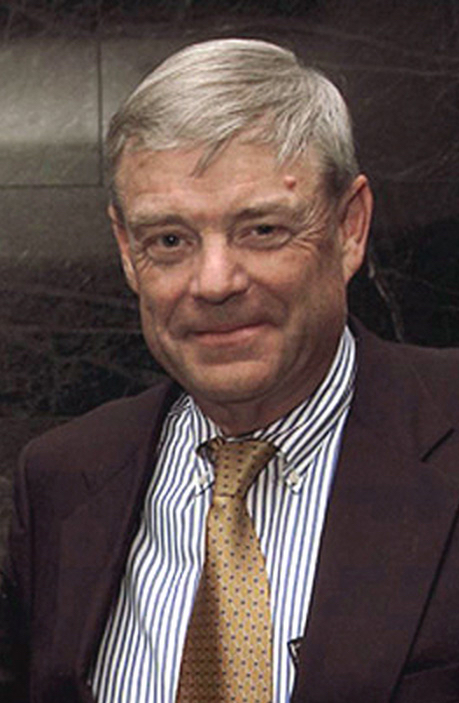

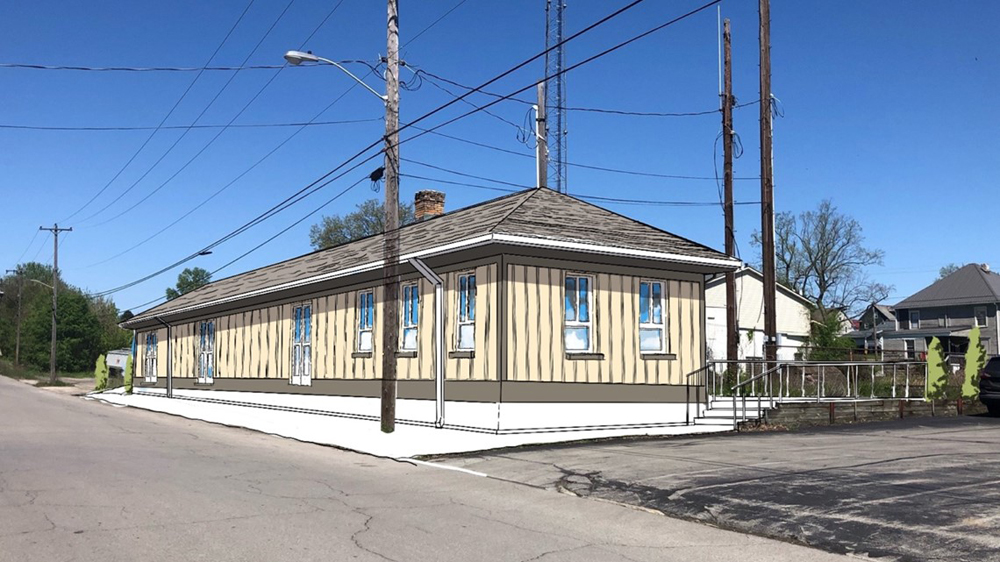
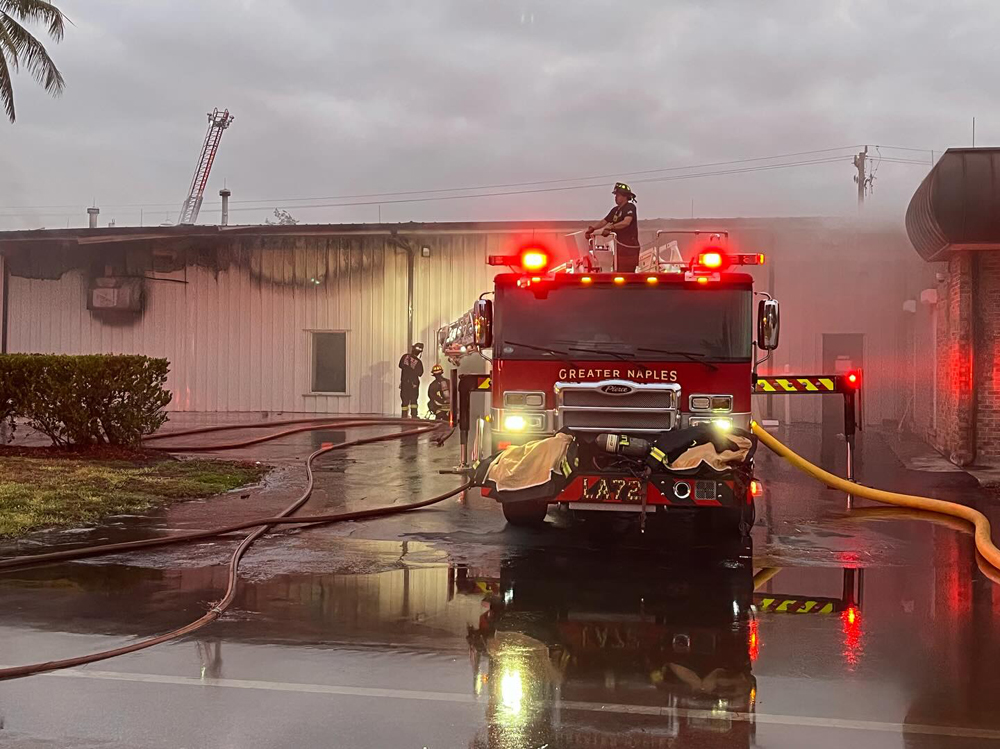
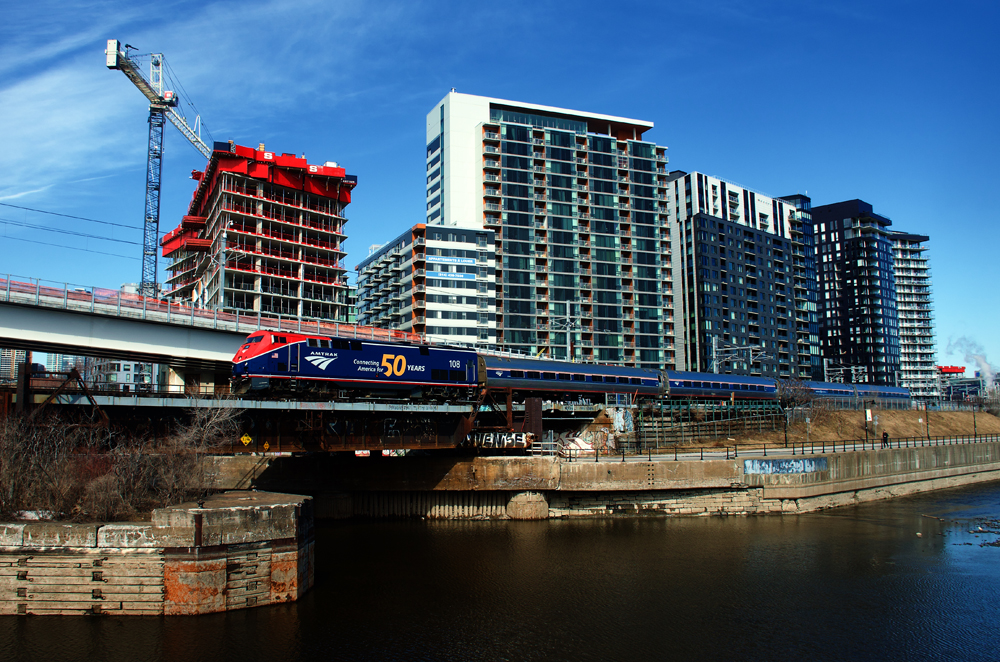
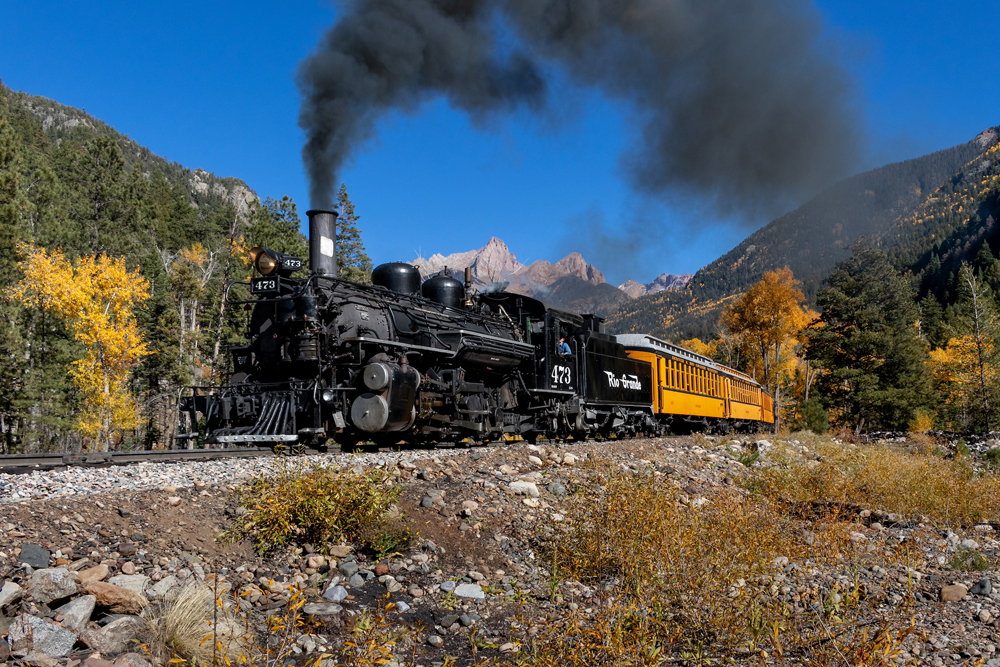




RIP Mr McClellan and thank you. The railroad world is much better from your work. God Speed……
@Michael Lampman: I’m sure that with a lot of Railroaders, with an exception of a few. and rail fans. I’m sure that Jim would be more than welcome aboard!
In lieu of flowers, family requests donation to your local SPCA, the Salvation Army of South Hampton Roads ,or the charity of your choice.
Jim McClellan took a photo of Ira Heisler, David Gunn, William Hennesey, and Bill Paul on the Santa Fe Flexi-Van test train for the Super C concept at Coal City, IL, Oct. 9, 1966 (“David Gunn at the top of his game”, Bob Johnson, TRAINS, Nov 2005). They looked like a bunch of “young hotshots” for sure.
Growing up in Croton on Hudson (Harmon in New York Central parlance) Jim became a neighbor when I was a young lad. Being a train nut, i was impressed with his large HO train set in the basement of the raised ranch, but it was art that made my folks friendly to the McClellans their time in Croton. A “McClellan” by him still is on the wall of Dad’s living room, and a paper mache angel made by his wife adorns our Christmas tree every year. As a boy, i had no idea just how much more than HO trains he knew, but over the years i have read about his accomplishments many times. He helped inspire my love of trains and made history as a modern railroader. A life well lived! Thanks, Jim.
Was it October? I was 22 and a half at the time. What hasn’t ever been told was what had to work to get that test train on to the Santa Fe. I frankly don’t remember what was said all the way up to Perlman but we got approval to loan the Santa Fe a large chunk of fully loaded Flexi’s from Saturday nights Chicago arrival for the test. Jim and I spent all Saturday night, with I think it was Bill Paul driving but it might have been Dave Gunn, chasing the transfer from the CR & I 55th st yard to Corwith.
These were loads that were scheduled to be unloaded Sunday night for Monday AM delivery. Think of what kind of explaining would have had to be done if we had put them on the ground during the transfers or the test runs.
Jim stayed to meet with Dave and Bill the next morning. I flew home on United that night and I remember it very well because the crew on the then new DC-10 couldn’t get the door open for 20 minutes after we arrived at JFK.
The Railroad world is poorer for his passing but so enriched for him having been a part of it
In 2006 I was working on a book project related to Southern Railway. That summer, I made a trip to Norfolk Southern’s headquarters to review photos in their files. While I was there, Jim McClellan, whom I had never met, contacted me and suggested we get together. I knew of him as a legendary figure in the industry but I quickly learned that he was also an accomplished photographer. Jim ended up providing several photos for this book, as well as countless valuable suggestions about the book’s text. His generosity is something I’ll never forget.
Just a few weeks ago I emailed Jim after I learned that Indiana University Press would be publishing a new version of “My Life With Trains,” his self-published 2011 book about his love affair with railroading. I told him that I was glad we would now have “the rest of the story” after having our appetites whetted by the earlier book. His reply was brief and to the point: “This is going to be much better. Much, much better.” I’m sorry that he won’t be around to see the book when it’s published, or to see the positive response that I know it will generate.
Oh no! I was just thinking recently how his photo credits were more numerous than I’d expect. I guess I wasn’t paying enough attention. He did seem to appear everywhere when it was important, didn’t he?
A sad day. He was one of our greatest railroaders.
I can picture him at the Pearly Gate and asking if there are trains in Heaven before he enters.
I was deeply saddened to see your headline story this morning. I first met Jim in 1966 when I was running around 466 Lex looking for a copy of Modern Railroads with the story about the Piggy Packer on the SP. At the time I was working for the Director of Terminals on a re design of the North Bergen Pig and Flexi terminal. Jim helped me find a copy in the Marketing Department where he was then working. Three months later I was working next him as an Industry Planning Analyst in the Marketing Department for Phil Ohl specializing in international freight and containerization.
During the next year we made two presentations to the top NYC management, the first dealing with getting rid of our marine fleet and the second dealing with high speed trains. We even visited United Aircraft in Hartford to discuss the possibility of a gas turbine container train. I was along with him when we ran the Flexi wind resistance tests on the Santa Fe in November of 1966 and our record setting run to LA in June ’67.
I left the NYC in October of ’67 to go to work for Seatrain Lines and the last time I saw Jim was when he was working in Washington in the early 70’s and my wife and me were the McClellan’s guests for a few days at his house in Virginia.
He loved trains and I think they loved him back. He will be missed by all of us who had the opportunity to have worked with him. .
R.I.P.. Railroading In Peace
This morning (Oct 17), before I learned of James McClellan’s death, I happened out of the blue to reread “Super C: Hottest of the Hotshots” (TRAINS, May 1986, Fred Frailey). McClellan’s comments in the article caught my eye. McClellan wrote about how he, David Gunn, and others had a tough time selling the Super C concept, and later, accepting its failure, being the overenthusiastic young men they were at the time. His closing comment from 30 years ago, “One of my toughest jobs now is to get these young hotshots in and act like the old fogey.” Our industry got more than it deserved from “the old fogey.”
A few years ago at a dinner he handed me his smartphone and on it were picture after color picture of N&W steam locomotives he had taken in the 1950s. Just think O. Winston Link in daylight. Later he would do all of those things we read about in Rush Loving’s tomes. What an amazing life! None of use in railroading can go a day without passing some aspect that he had a hand in. This loss is huge but his legacy is great.
One of the few that was able to recognize the source of what ailed an entire industry =and= devise methods to repair it.
Truly a sad day . The man was a legend and one of the greatest railroaders there ever was. Top notch. Condolences to his family. God bless.
Very sad news! The man had become a living legend, all the best to his family and friends, may he rest in peace and be long remembered.
–Ben T
Sad news indeed. His stories from “The Men Who Loved Trains” were some of my favorite parts of an outstanding book. I also enjoyed reading his contributions to Trains articles over the years, the presentations from his website (http://beachtrainman.com/speeches.html) and his first self-published volume of “My Life with Trains”. My condolences to his family.
–Reed
Very sorry to read of this passing. Railroading has lost a great one.
A true giant in the industry. He will be missed.
Jim left the industry much better than he found it. May he rest in peace and deepest sympathies to his family.